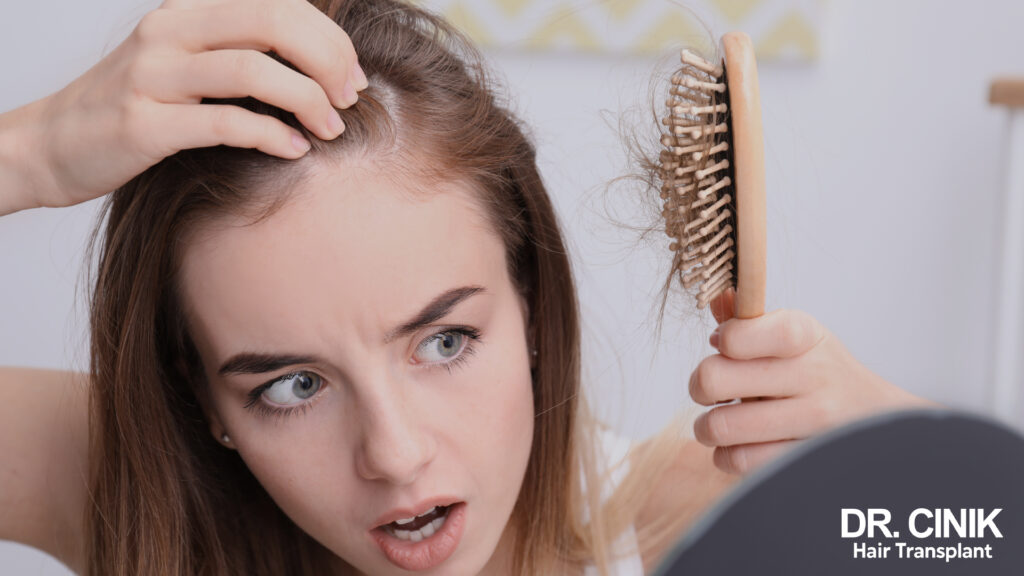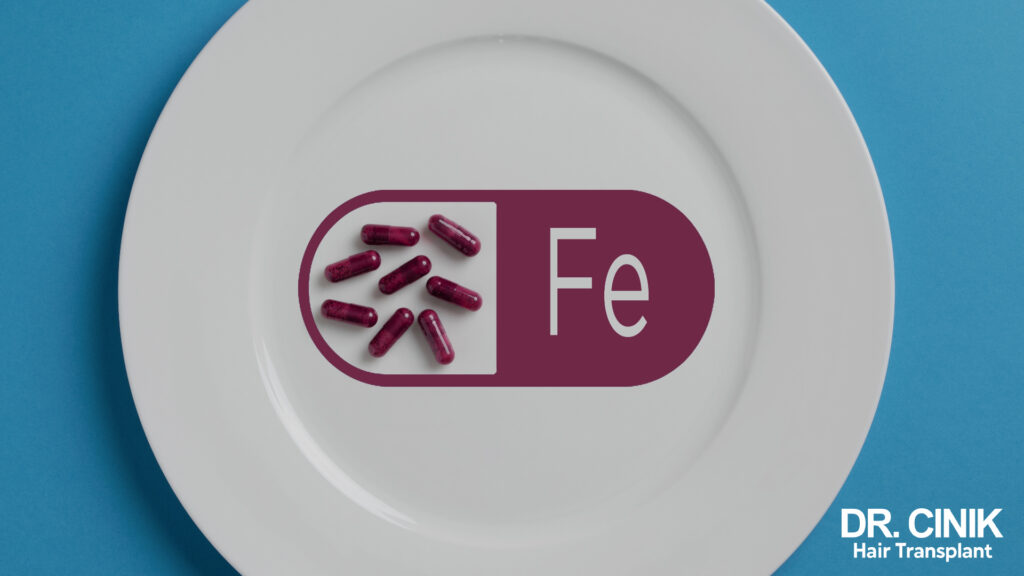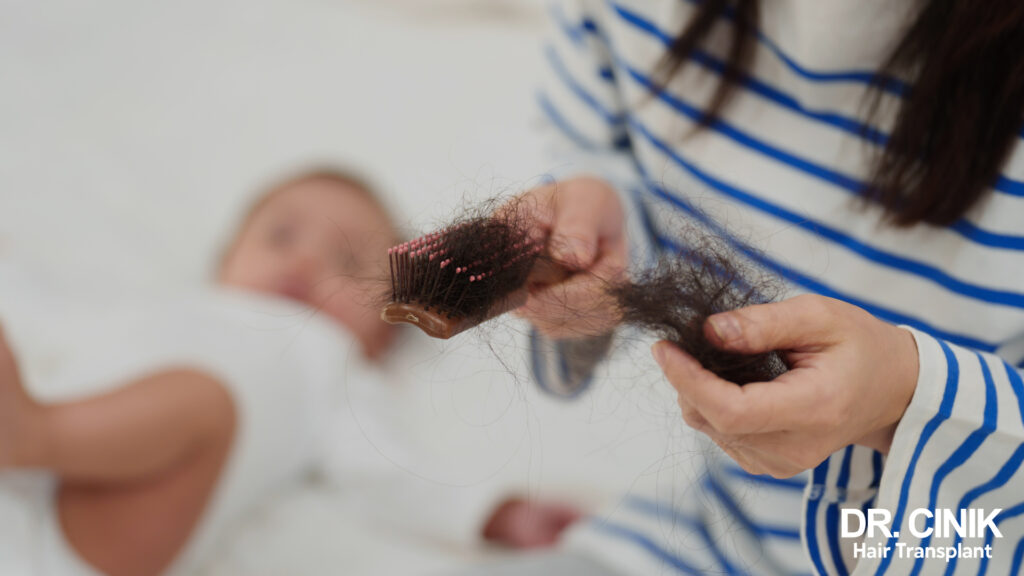Adrian Mutu's Hair Transplant

Summary
Adrian Mutu, a name that resonates with European football fans, is renowned for his exceptional striking abilities and performances for prestigious clubs. His talent shone at Inter Milan, Chelsea, Juventus and Fiorentina, establishing him as one of the most formidable forwards of his generation.
However, like many men, Mutu faced a personal challenge: androgenetic alopecia, the most common form of genetically induced progressive baldness in men. This condition affected both his appearance and self-confidence. The initial signs of alopecia gradually appeared, first impacting his frontal hairline before progressing to the crown.

In 2022, after thorough research, Mutu chose to consult Dr Cinik’s hair clinic in Istanbul, a facility specialising in male alopecia treatment. The clinic, which welcomes patients from various countries, offers personalised solutions tailored to individual needs. For Mutu, accustomed to media scrutiny, selecting a reliable and experienced medical establishment was crucial. The clinic’s reputation in hair transplantation and its patient-focused approach guided his decision.
Pre-operative Assessment: A Crucial Step
Before any hair transplant, a thorough assessment is essential to ensure optimal results. For Adrian Mutu, this preparatory phase began with an in-depth examination of the key scalp areas involved in the procedure.
The initial step involved analysing the donor area at the back of the head, naturally resistant to genetic hair loss. In Mutu’s case, the examination revealed promising characteristics, with sufficient hair density and quality suitable for grafting.

Focus then shifted to the areas of visible hair loss. A detailed examination of the balding pattern, particularly on the forehead, enabled the development of a precise hair transplantation strategy. This comprehensive study is crucial for determining the exact number of hairs to be transplanted and ensuring a natural result.
The preparation extended beyond scalp examination. A complete health check, including blood tests, was conducted to ensure the safety of the hair transplant procedure. This holistic assessment, considering the patient’s lifestyle and expectations, allows for a tailored hair transplant protocol.
Personalised Surgical Planning
Meticulous planning is fundamental to a successful hair transplant. For Adrian Mutu, this phase required a methodical approach considering various elements to ensure an optimal outcome.
The process began with drawing the new frontal hairline, a stage demanding significant expertise to harmonise with Mutu’s facial features and age whilst respecting his natural hair layout. The hairline shapes the overall facial appearance and requires special attention to ensure an authentic result.
An in-depth needs analysis determined the precise number of follicular units required: 2250. This figure corresponds to the exact quantity needed to restore harmonious hair density whilst preserving a natural appearance. The distribution of these follicular units follows a detailed plan, with particular care given to transition zones where new hair meets existing hair.
The orientation of future hair growth also requires meticulous attention. Each region of the scalp has a specific growth angle that needs replication during the hair transplant. This technical precision ensures that the transplanted hair will follow the same growth pattern as natural hair, creating perfectly harmonious results.

The Operation: A High-Precision Procedure
Adrian Mutu’s hair transplant took place over a full day, following a carefully established protocol. The day began with a final consultation to validate the surgical plan and address any remaining questions. The precise drawing of the future frontal line and the delimitation of the graft zones marked the concrete start of the operation.
To ensure patient comfort, local anaesthetic was administered in two stages. First, an anaesthetic gel was applied to the surface, followed by local injections using a controlled pressure system. This progressive method allows the patient to remain relaxed throughout the procedure, guaranteeing a pain-free hair transplant.
Harvesting the follicular units is the first major stage in hair transplantation. Using modern microsurgical instruments, each unit is extracted individually from the donor area. This phase requires great dexterity to preserve the integrity of the follicles. A specialised team immediately examines each graft under a microscope, sorts them and stores them in a suitable solution.

The DHI Technique: A Modern, Precise Approach
The DHI method chosen for Adrian Mutu represents the latest advancement in hair transplantation technology. This technique differs from traditional methods by using a special implanter pen that allows for direct hair implantation without the need to create recipient sites beforehand. This all-in-one approach reduces trauma to the scalp and enables more precise control over the angle, depth, and direction of each implanted follicle.
The extraction phase remains meticulous, with each follicular unit carefully harvested individually. However, instead of creating recipient sites separately, the DHI technique allows for immediate implantation using the specialized Choi pen. This tool ensures that each graft spends minimal time outside the body, potentially increasing survival rates.
Implantation: Precision and Meticulousness
The implantation phase is the key moment in the hair transplant process. Each follicular unit finds its place in the pre-prepared sites. The medical team follows precise procedures to handle the grafts gently, maximising their chances of recovery. The distribution of the follicles follows a natural pattern: units containing one, two or three hairs are alternated to recreate the natural variation of a head of hair.
During these hours of operation, the team’s concentration remains total. A translator accompanies Adrian Mutu throughout the procedure, ensuring fluid communication with the medical team. This constant dialogue reassures the patient and enables him to follow each stage of the procedure with peace of mind.
The distribution of the transplanted hair follows a precise logic. The frontal area receives more grafts to naturally frame the face, while subsequent areas benefit from a more widely spaced distribution. This approach guarantees not only a natural result but also optimal use of the available grafts.

Immediate Follow-up: The Decisive First Few Hours
The hours following the hair transplant are crucial. Adrian Mutu remained under medical observation after the operation. A meticulous final examination was carried out to check the position of each graft and the absence of bleeding. This period was also used to begin the initial treatment to promote healing.
That same evening, Adrian Mutu received detailed instructions for the coming days. These instructions covered all the practical aspects: how to sleep, what movements to avoid and how to care for his scalp. He was given a complete kit with all the necessary products: cleaning solutions, special shampoos and appropriate medication.
The first few days are particularly delicate, as they determine how well the grafts take. A specific washing protocol begins the next day. This technique cleans the scalp while protecting the grafted areas. Each step is designed to support the different phases of healing.
Evolution: A Multi-stage Process
The weeks following the hair transplant follow a well-defined schedule. In the first few days, small scabs form around the grafts, a normal sign of the healing process. Regular monitoring allows us to support the patient during this period and answer any questions.
Between the second and fourth week, there is a particular phase known as ‘shock loss‘: the grafted hair temporarily falls out. This stage, which can be worrying, is in fact completely normal. The follicles remain in place and prepare for new hair growth, which begins a few months later.
True regrowth generally begins in the third month. For Adrian Mutu, the first signs appeared gradually, making his hair naturally denser. Regular follow-up appointments allowed us to document this evolution and adapt the treatments if necessary.
Five-month Results: A Natural Transformation
Five months after the hair transplant, Adrian Mutu’s transformation became evident. His new hairline blends harmoniously with his face, respecting his natural features and age. Areas that were previously sparse now have a density that gives volume to his entire head of hair.
The transformation attracted significant media interest, with outlets highlighting the naturalness of the result. The before and after photos clearly show the improvement in hair density, with no apparent signs of intervention.
In his interviews, Adrian Mutu shared his positive experience, emphasising the simplicity of the process and the professionalism of the medical team. His testimonial highlights the comfort he felt during the procedure and the speed of his recovery.

A Comprehensive Approach to Hair Restoration
Modern hair transplantation is based on a comprehensive understanding of hair loss. Each patient benefits from an in-depth assessment that considers all factors: genetic, hormonal and environmental. This comprehensive analysis enables us to make a precise diagnosis and propose a suitable solution.
Cutting-edge technological tools enhance this approach. High-definition digital microscopes allow detailed examination of follicle quality and scalp density. This precise information guides the planning of each procedure.
Techniques Adapted to Each Situation
Modern hair transplantation offers several techniques, each with its own specific advantages. In addition to the classic FUE used for Adrian Mutu, there are other options:
Sapphire FUE uses sapphire instruments to create the recipient sites, promoting faster healing. The DHI technique allows grafts to be implanted directly without first creating the sites. Manual FUE offers optimal control for special cases.
Personalised International Support
Welcoming international patients requires specific organisation. A multilingual team accompanies each patient, from the first remote consultation through to long-term follow-up. All practical aspects are taken care of: accommodation in partner hotels, airport transfers, qualified translators.
The follow-up does not stop when the patient returns home. Regular virtual consultations enable us to monitor the progress of results and adapt recommendations as required.
Conclusion: A Proven, Modern Solution
Adrian Mutu’s story illustrates the remarkable progress made in hair transplantation. His successful transformation demonstrates that a well-planned operation can provide a natural and lasting solution to hair loss. This success is based on three essential pillars: in-depth surgical expertise, leading-edge technologies, and personalised patient support.
Beyond the aesthetic aspect, this transformation has a significant impact on quality of life. Regaining a dense head of hair naturally boosts self-confidence, as Adrian Mutu’s experience shows. This psychological dimension underlines the importance of careful, professional care.
Hair transplants continue to evolve, regularly incorporating new technical advances. For those considering this solution, the example of Adrian Mutu shows that it is possible to achieve natural, lasting results. A personalised approach, combined with proven expertise and modern technology, means that today we can offer solutions tailored to each individual situation.




